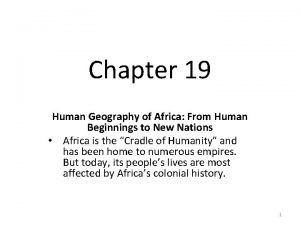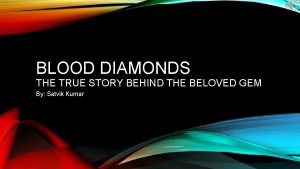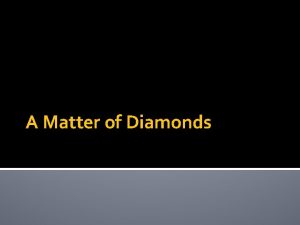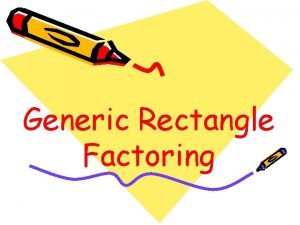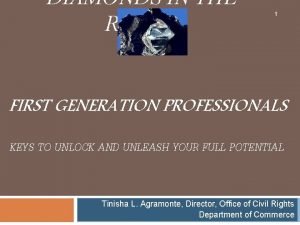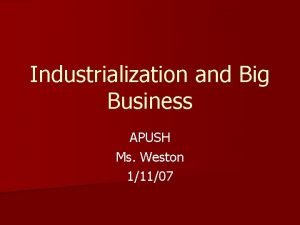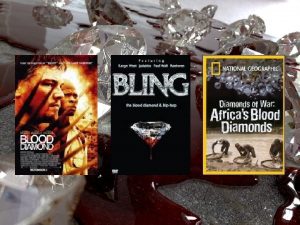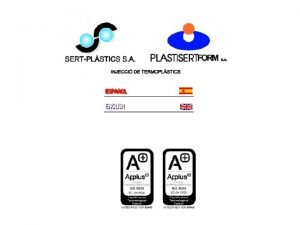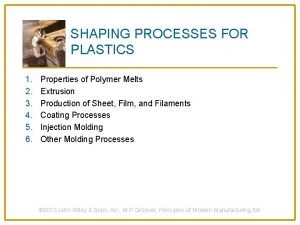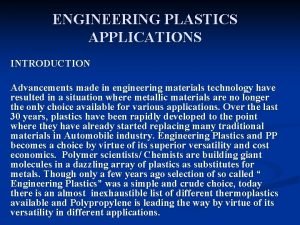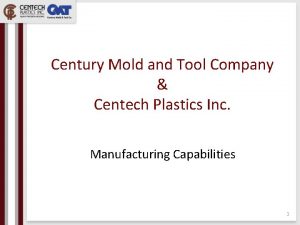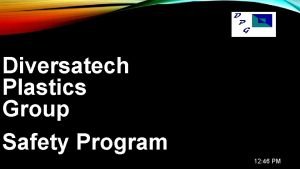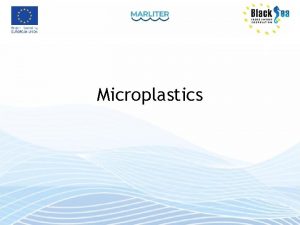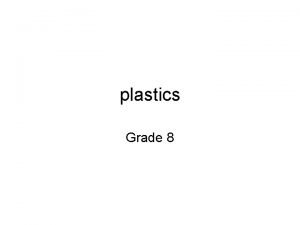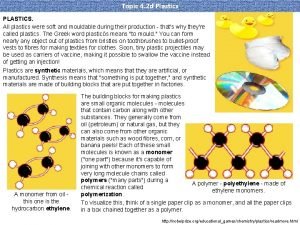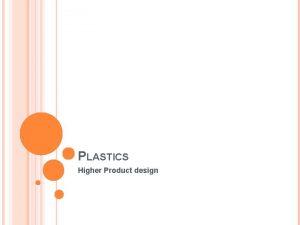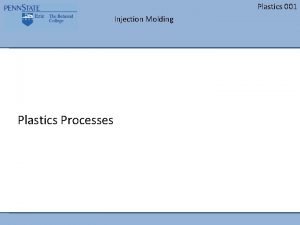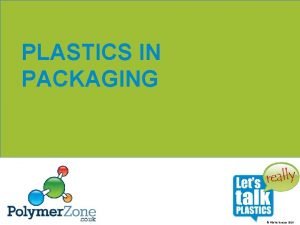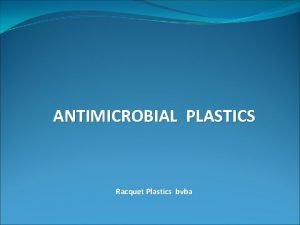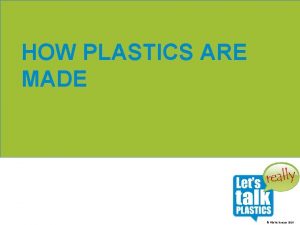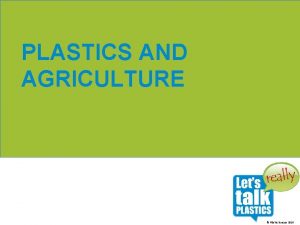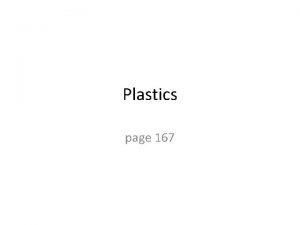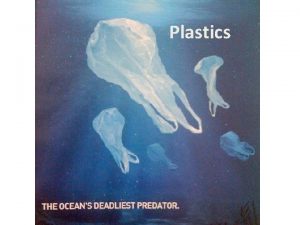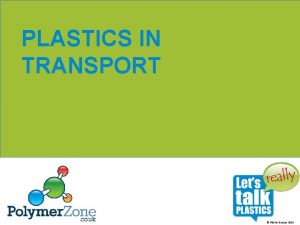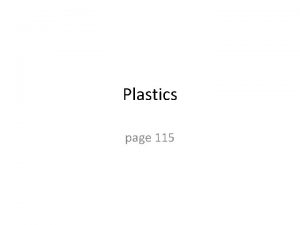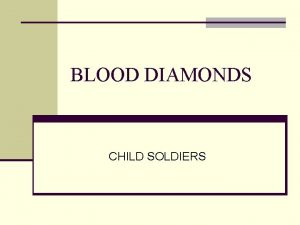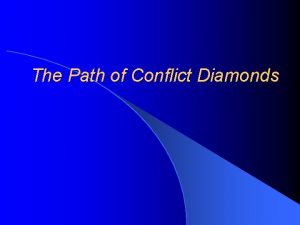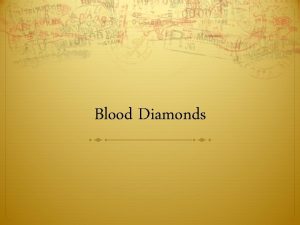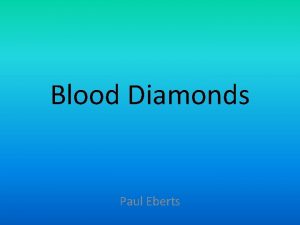Plastics Like diamonds plastics are forever Microplastics Very























- Slides: 23

Plastics “Like diamonds, plastics are forever. ”



Microplastics • Very small plastic fragments (< 5 mm) *Primary • Manufactured products (Primary) used in: – Facial cleansers and cosmetics – Microbeads – Banned in United States by 2018! • Pieces of plastic that have broken off larger plastic objects (Secondary)


“Great Pacific Garbage Patch” In the central North Pacific, plastic outweighs surface zooplankton 6 to 1!

5 Gyres http: //worldminded. com/the-5 -gyres-institute/ https: //wastewatchers. wordpress. com/tag/5 -gyres/ Plastic Pollution in the World's Oceans - 5 Gyres

Why is plastic pollution a problem? • Aesthetic – Visual disturbances for people • Ingestion – marine animals mistake plastic for food • Entanglement – marine animals get tangled in debris • Transport – movement of non-native organisms

What about bacteria? • Bacteria live on many surfaces in biofilms – These biofilms create living conditions that protect bacteria from the environment • Bacteria are found living on plastic in the oceans – Plastic serves as a habitat! • Plastic is a long-lasting substrate that moves with ocean currents – Transport of bacteria!

Vibrio • Kingdom: Bacteria – Rod shaped – Flagella – Motile – Can be pathogens, which can make you very sick! – They occur naturally in estuarine and marine waters worldwide – Temperature and salinity dependent • They love warm temperatures and high salinity!

Scientific Method • We use the Scientific Method to investigate and acquire new knowledge! • Hypothesis – an idea or explanation that you test through study and experimentation

Our Hypothesis • If plastics remain in the marine environment for long periods of time, then plastics may be a vector for bacteria and human pathogens

Plastics and microplastics as vectors for bacteria and human pathogens (Not to scale) CHROMagar Colony Forming Unit (CFU) Biofilm removed Vibrio spp.

Overview of work • Polypropylene, Low-density polyethylene, H 2 O – Three replicates for each substrate • Each group will count replicate plates and record CFUs (colony-forming units) • Why do we have replicates? – Having replication allows us to examine variability in the experiment and to ensure reproducibility

Overview of work • CFUs for plastics need to be corrected for the area that the biofilms were scraped from – 2 cm X 1 cm = 2 cm 2 – Units: CFUs/cm 2 • CFUs for water need to be corrected for volume of water filtered – 2 ml – Units: CFU/ml

Graphing • Scatter Plot – Ability to show nonlinear relationships between variables • A variable is something that can change depending on conditions or information - Independent variable - Dependent variable

Graphing • Independent Variable – input or cause (time) • Dependent Variable – dependent on the independent variable (bacterial growth)

Example • Variables: Water Temperature and Time – Which is the independent variable? – Which is the dependent variable?

Questions?

Take Home Craft • Jellyfish Bottles! • Ingredients: – Transparent plastic grocery bags – Clear plastic bottles – Thread – Food coloring – Scissors

Take Home Craft Instructions: • Flatten the bag and cut off the handle and the bottom part • Cut to split into 2 plastic sheets (just use one) • From the center of the plastic sheet, fold it like a tiny balloon to make the head and tie it with thread – not too tight – Leave a small hole to pour some water in the head • Cut from the edge up to the head – make about 8 -10 large tentacles • For each of them, cut again into 3 -4 small strings – just cut off the remaining part. • Trim to make random long and short tentacles • Put some water into the head to make it sink - leave some air inside to make it float up • Fill up your water bottle • Put your jellyfish in the bottle with a few drops of blue food coloring • Screw on the cap and that’s it!


 Microplastics types
Microplastics types Antigentest åre
Antigentest åre Give thanks to the lord michael w smith
Give thanks to the lord michael w smith The mutapa empire thrived on the trade of diamonds.
The mutapa empire thrived on the trade of diamonds. Ddl diamonds
Ddl diamonds The jungle is dark but full of diamonds
The jungle is dark but full of diamonds Blood diamond true story?
Blood diamond true story? Cat rabbit dog weight puzzle answer
Cat rabbit dog weight puzzle answer Gdwf
Gdwf A matter of diamonds answer key
A matter of diamonds answer key How to solve quadratic equations using diamond
How to solve quadratic equations using diamond Which career action can get you diamonds
Which career action can get you diamonds Herbert spencer apush definition
Herbert spencer apush definition Conflict diamonds lupe
Conflict diamonds lupe Food quantifiers
Food quantifiers Scientific notation rules
Scientific notation rules Very bad to very good scale
Very bad to very good scale Few fewfewf
Few fewfewf Receiving table/area
Receiving table/area Sert plastics
Sert plastics Shaping processes for plastics
Shaping processes for plastics Engineering plastics applications
Engineering plastics applications Century molded plastics
Century molded plastics Ghs pictograms
Ghs pictograms



